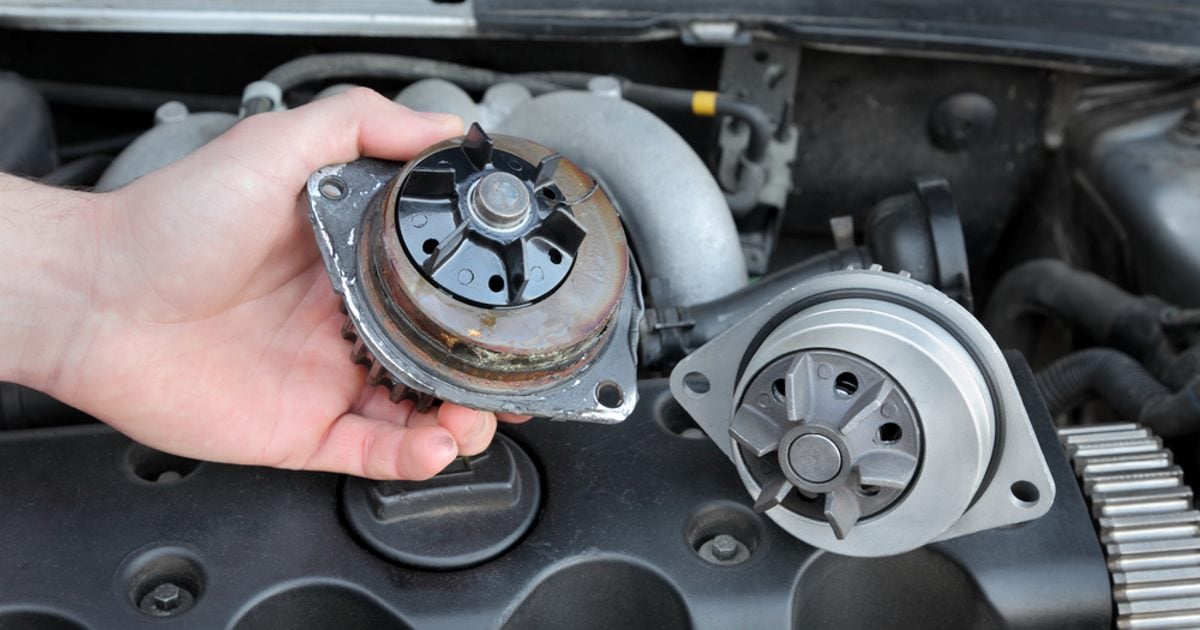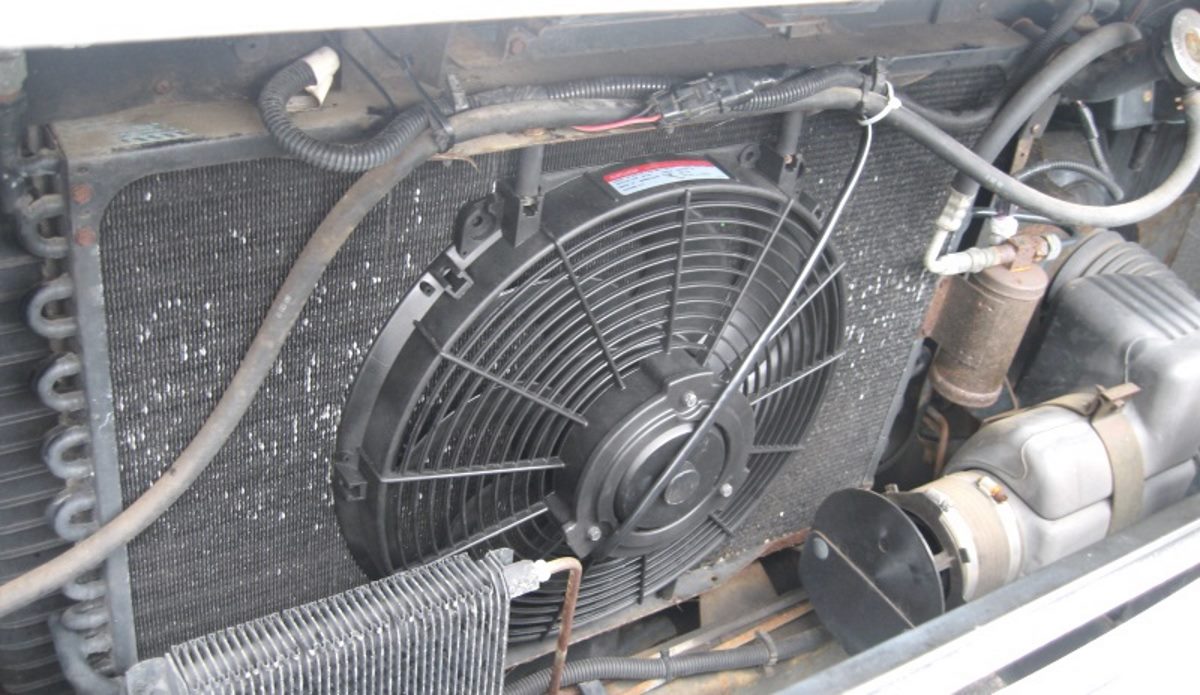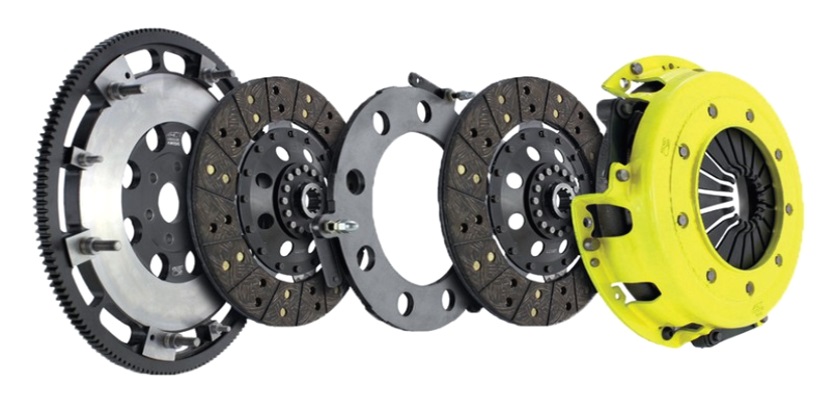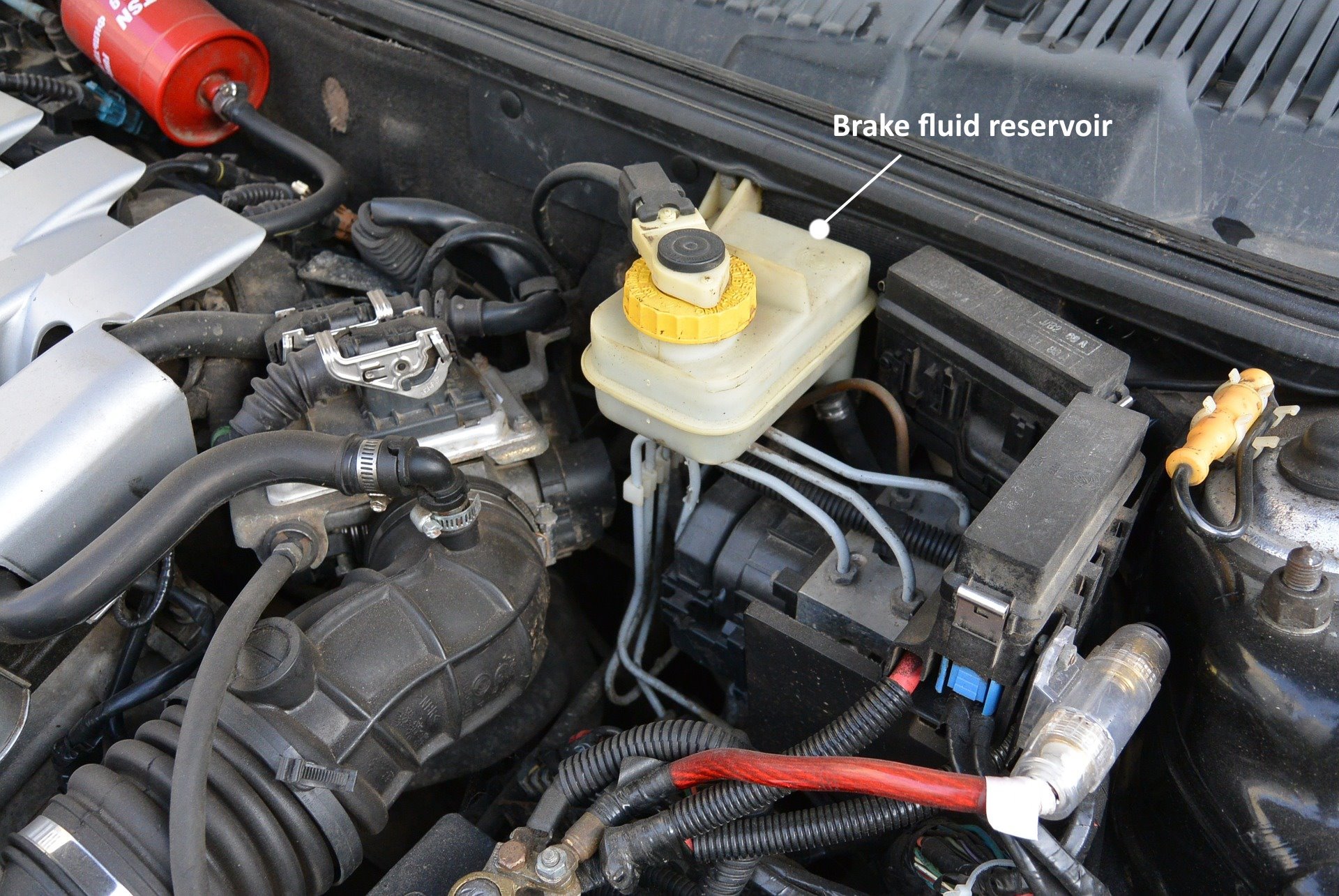 About the water pump: Usually located underneath the timing belt or to the side of the front of the engine, the water pump is a key part of your car’s cooling system. The water pump is vital to your engine’s operation because it ensures that coolant keeps...
About the water pump: Usually located underneath the timing belt or to the side of the front of the engine, the water pump is a key part of your car’s cooling system. The water pump is vital to your engine’s operation because it ensures that coolant keeps...
 About the radiator: Your cooling system consists of several components that circulate coolant throughout your engine and prevent the engine from overheating. The radiator is one of the main parts of your car’s cooling system. Its role is to remove heat from the...
About the radiator: Your cooling system consists of several components that circulate coolant throughout your engine and prevent the engine from overheating. The radiator is one of the main parts of your car’s cooling system. Its role is to remove heat from the...
 About the clutch: A correctly working clutch allows for smooth gear changes and operation in manual transmission vehicles. For this reason, it is vital that your clutch remains in good condition. The clutch works by transmitting engine power to the gearbox, allowing...
About the clutch: A correctly working clutch allows for smooth gear changes and operation in manual transmission vehicles. For this reason, it is vital that your clutch remains in good condition. The clutch works by transmitting engine power to the gearbox, allowing...
 What does the oxygen sensor do? The oxygen sensor, also known as the O2 sensor, is a critical component of a vehicle’s engine management system. Its primary role is to measure the oxygen content in the exhaust gases emitted from the engine. By continuously...
What does the oxygen sensor do? The oxygen sensor, also known as the O2 sensor, is a critical component of a vehicle’s engine management system. Its primary role is to measure the oxygen content in the exhaust gases emitted from the engine. By continuously...
 Why is brake fluid important? Brake fluid is a vital fluid which allows your brakes to function properly. It is a hydraulic fluid, which means it cannot be compressed. This means it can transfer force into pressure, which allows your braking system to work properly....
Why is brake fluid important? Brake fluid is a vital fluid which allows your brakes to function properly. It is a hydraulic fluid, which means it cannot be compressed. This means it can transfer force into pressure, which allows your braking system to work properly....






